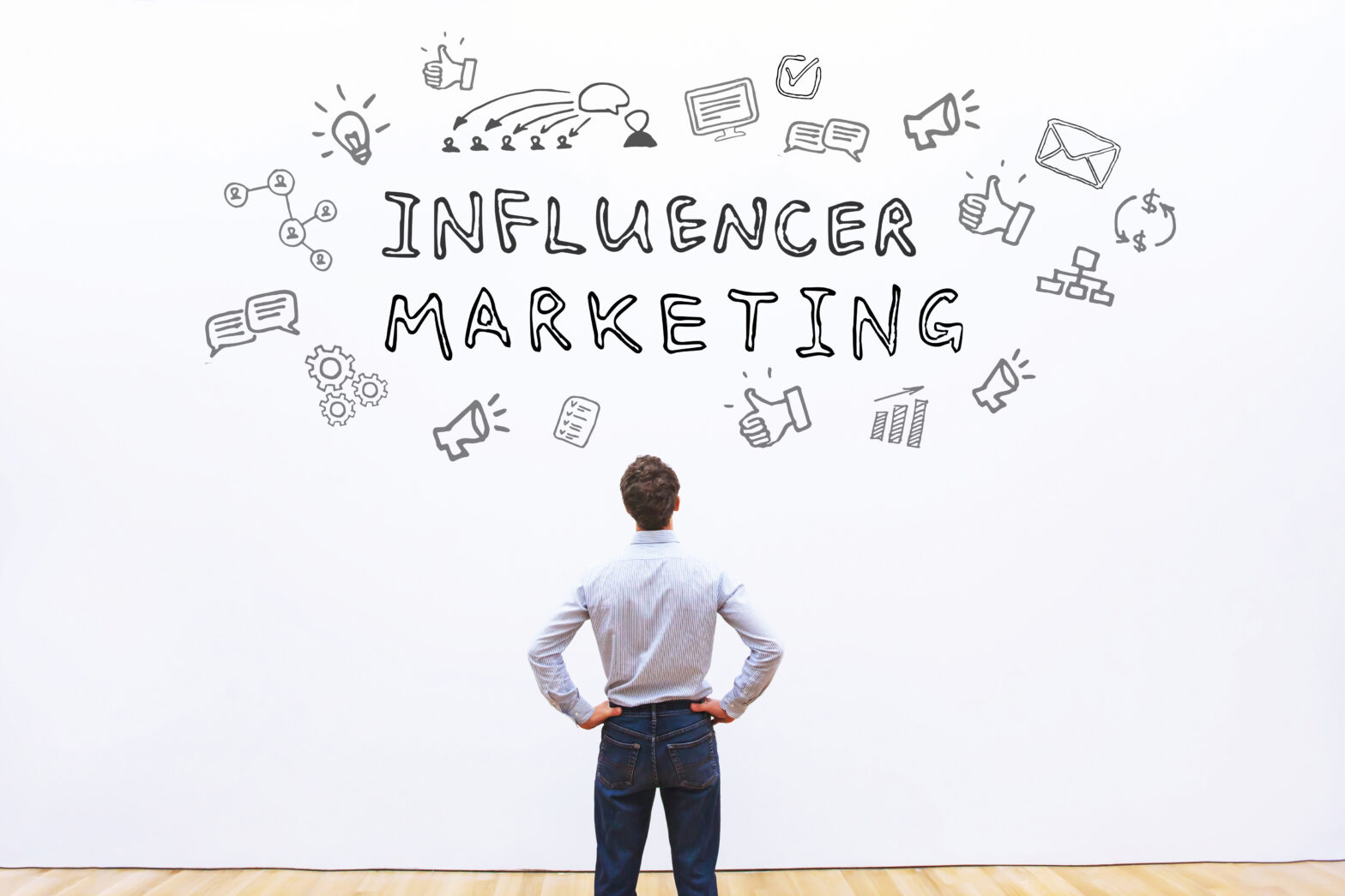It’s safe to say that influencer marketing, as an industry, is well on its way to maturity. In the last five years, the use of social media stars to endorse and promote products – particularly on platforms like Instagram and Facebook – has gone from a novel marketing tactic to one many brands now consider to be a key part of their campaigns.
It still has a little way to go before it becomes a universally established practice though, and there are still areas where it’s developing and carving its niche into the marketing world – especially outside the UK and US. There’s also work to be done in driving awareness around regulations, and challenges like influencer fraud to be tackled, but nonetheless it’s a very exciting and innovative sector to be a part of.
Its progression in many ways reminds me of the path digital music was on several years ago, when I first joined the ranks of Spotify. As a service, Spotify helped to change the way people listen to music, and broadly speaking we’re now seeing the same pattern emerge with social media and how people consume content.
Although influencer marketing is of course a very different sector to digital music, how they have evolved and disrupted their respective industries is similar. From my time working across them it’s possible to consider where influencer marketing might be heading, and whether it can reach the same heights.
Communities, creators and common interests
Looking at the similarities between the two sectors, there are a few obvious places to start. Aside from being very mobile, tech-driven markets, digital music and influencer marketing both started as niche distribution approaches, and were strengthened by a core of early adopters.
They both focused on the user and the concept of communities built around common interests. Music is a universal passion point, and Spotify grew off the back of audiences being able to easily find, play and share music with friends and people with similar tastes, allowing artists to quickly grow new fan bases.
Similarly, social media influencers tend to build their brand around a main theme, whether that’s beauty, fashion, food, or anything else, and are found through Instagram or the platform they choose to use by people who share those interests. The rapid growth of each sector is ultimately a testament to the power of social media.
They also both rely on incredibly talented creatives to be successful, and have strong gatekeepers; whether it’s the labels and publishers for digital music, or the likes of Google, Facebook and Twitter for influencer marketing. Those gatekeepers have helped to build completely new markets and create opportunities for brands, who are really excited about how they can work in each of these spaces.
Related: Protecting your brand during sponsorships, brand partnerships and influencer marketing campaigns
But Spotify was for a long time seen as a novelty extra, something to tick off a marketing innovation list. Once done, brands would often feel that they’d tried it and that it didn’t need to be part of an ongoing strategy – they’d look for the next shiny new penny. Influencer marketing is currently fighting that battle, as it’s often the last thing to be tacked on a marketing plan and the first thing to be taken off, but that shouldn’t be the case.
Spotify had a big hurdle to overcome in order to prove both that music was an essential communication tool and unbeatable when it came to conveying and capturing emotion, and that it was the best way to harness the power of music.
It’s the same story for influencer marketing, only with visual messages over audio, and while the power of word of mouth has never been as strong thanks to social media, using influencers is still a very new form of marketing and it will take time for brands to really trust it.
Despite the parallels though, there’s no doubt that influencer marketing is a unique proposition, and it would be naive to suggest the two are completely alike. Social media was able to help music streaming gain popularity, whereas it is very much the backbone of the influencer marketing industry.
Where early music streaming platforms really had to do it on their own and force the music industry to change its broken model, the influencer marketing space is leveraging the power of all the existing social platforms. Because of this, it feels like it is maturing much quicker than music streaming ever did.
A unique challenge
So what needs to happen before influencer marketing can assure its place in the online marketing mix? As with digital music, standard practices need to be agreed upon across the industry. In the early days of music streaming, artists were skeptical towards the model due to not understanding how they would benefit from it.
Similar questions have arisen in influencer marketing. Many brands are unsure what they get from partnering with influencers, don’t know how much budget should be spent on it, or are unclear on how to measure performance. There needs to be much more transparency around what clients and brands are actually buying, and clear guidelines and industry benchmarks for the sector need to become established.
That’s something the ASA has been working hard to develop and introduce, and at Takumi we’ve always worked hard to align with the latest guidance or signposting features.
A key step in getting there will be a concerted effort on all fronts to combat the ever present threat of influencer fraud, where influencers buy or generate fake followers and engagement. It’s again something we’re proactively tackling at Takumi with in depth, constant checks on our creators, but there is no consistent standard across the wider industry.
Parallels can be drawn with Spotify and the digital music industry here too. Because of the Napsters and LimeWires that came before it, people and brands were wary of the online model, thinking it might somehow be dishonest, illegal, ‘too good to be true’, or not for keeps.
Spotify worked to reassure people by constantly communicating and being as transparent as possible, and this will be key for influencer marketing as well. By having open conversations with brands, it can reach the point that every media owner longs for – to be a trusted, useful partner.
What the future holds
In the end, just like there has been with digital music, there are likely to be a few main players in the influencer marketing sector who have leveraged their technology better than the rest, and who will come out dominating the space.
Looking at the sometimes challenging path music streaming followed to get where it is today, influencer marketing itself seems set to continue to grow in popularity, eventually becoming a way to market products and services as universally accepted as traditional media and other digital channels have become.
Changing the ways of an industry is difficult, but because influencer marketing can capture our eyes the way digital music caught our ears, it’s only going to go from strength to strength.
Adam ‘Sven’ Williams is chief revenue officer of Takumi





